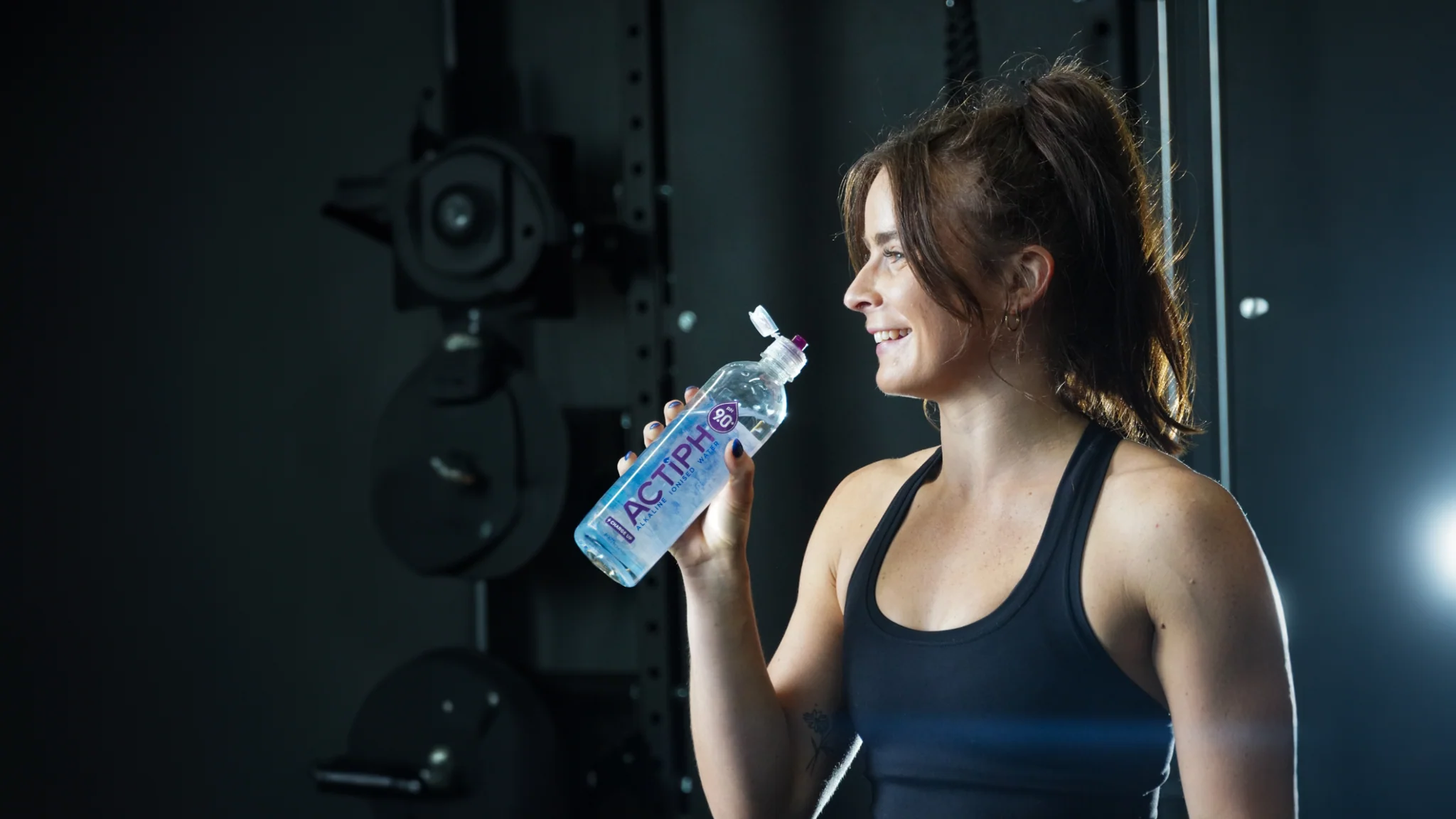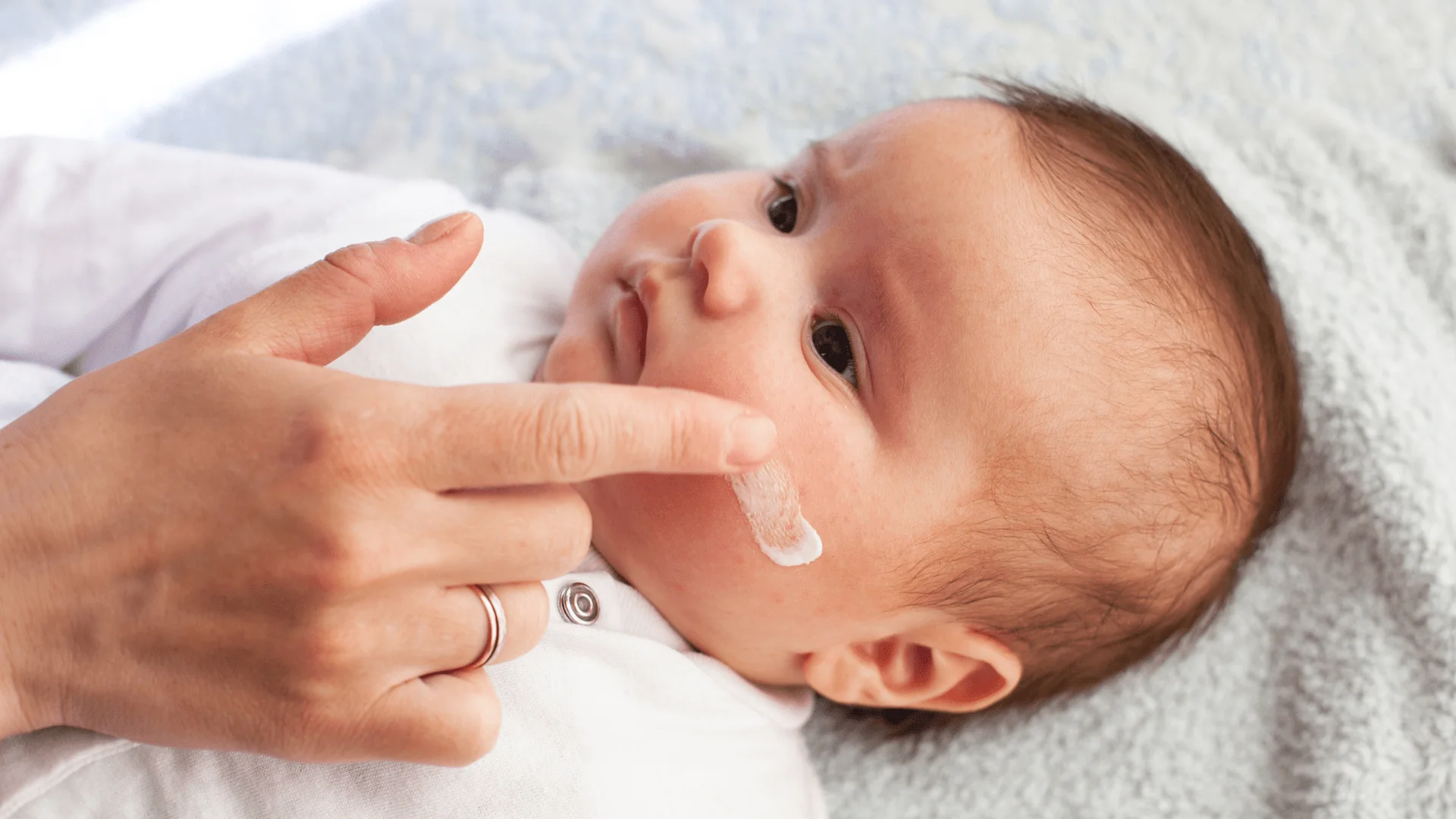Why Recovery Matters After Physical Activity
Recovery after exercise is often overlooked, but it is a crucial aspect for those who want to boost performance, maintain the energy level, and avoid injury. While exercising, the body is subject to minor amounts of muscle tissue damage. This is normal and an integral part of the process of growth. But, what happens after the exercise will determine if the microtears are healed to become stronger, more resilient muscles or progress to permanent discomfort and injuries from overuse. Recovery occurs when glycogen stores replenish themselves muscles and repair them while the nerve system prepares itself for the next day’s challenge.
The importance of this time period can minimize muscle aches, ward off fatigue and aid get back to a level in which you can perform at the highest level. It is recommended that you do this. Centers for Disease Control and Prevention insist that a regular recovery, not only stretching, but also nutrition and active strategies help to maintain consistency in training, decreases risk of illness, and increases the satisfaction you get from exercising. People who incorporate the concept of recovery into their training tend to stay engaged, feel less fatigue and reach their goals in the long run.
The Critical Role of Hydration in Recovery
Hydration is vital to recover and improve overall performance. It is a crucial factor in the process of cellular renewal and healing of tissues. After vigorous physical exercise it is normal for the body to lose essential electrolytes like sodium and potassium, calcium and magnesium. These minerals are essential to nerve function, muscle contraction, coordination, as well as mental clarity. If the electrolytes aren’t sufficient replenished, they could cause issues such as muscles cramps, constant soreness, or cognitive issues.
Dehydration can negatively impact temperature regulation, recovery and even mood stabilization. When muscles are properly hydrated, they get the nutrients needed for growth and repair and recovery, they are able to. Hydration is also essential to remove metabolic wastes, like lactic acid. This minimizes discomfort and inflammation after exercising.
The process of ensuring that you are hydrated and well-balanced is not just beneficial for recovery but also boosts overall performance, allowing the body and mind to recover in preparation for the following task. This transforms each training session an investment in the long-term health of your body and athletic growth, offering advantages beyond the workout itself.
Identifying Your Hydration Needs
Hydration is essential to an athlete’s training as well as performance. Many factors, such as weight, age and sex, duration of workout as well as fitness level, sweat rate and environmental conditions like humidity and temperature, affect the way that it. A healthy level of hydration can be seen in light yellow urine. However, amber or darker urine indicates a need to drink more fluids.
To gauge hydration properly the athletes should weigh themselves prior to and following exercise to measure how much water they’ve lost by sweat. The general rule of thumb is to replenish your water with 16-24 ounces water for each pound that is lost through physical activity.
The recognition of symptoms of dehydration like headaches, fatigue, dizziness, or dry mouth, is essential. By observing these symptoms and implementing effective hydration strategies to incorporate appropriate water intake into their workout routines. This will result in improved performance and overall wellbeing.
The Best Recovery Drinks and Foods
Water is the most important element for a successful post-exercise recovery but the addition of specialized drinks and foods that are nutrient-dense can enhance the recovery process to ensure optimal rehabilitation. After long-duration or high-sweat activities it is essential to replenish minerals lost through electrolyte-rich drinks. Alternatives such as sports drinks that typically contain sodium or potassium, magnesium, or sodium and even natural alternatives such as coconut water are great choices because of their effective replenishment of these essential electrolytes. Chocolate milk is regarded as a scientifically-backed recovery drink, due to its perfect proportion of carbohydrates and protein. This combo is not just beneficial for the recovery of muscles but aids in replenishing glycogen stores and aids in the hydration process, making it a top choice for athletes.
If you are looking for an organic, low-sugar alternative, coconut water offers an abundance of potassium and electrolytes. It is also less sweet than traditional sports drinks. It is recommended to pair these drinks with complete healthy, nutritious foods is vital for maximizing muscle repair. Fruits and snacks like bananas provide carbs for energy as well as potassium to help support muscles and reduce cramps. Berries, which are loaded with antioxidants, can help decrease inflammation and help with general recovery. Good quality protein sources such as eggs, Greek yogurt, or turkey lean are essential in repairing muscle fibers that have been damaged since they provide essential amino acids that aid in the repair of muscles and recover.
The consistency of a post-activity nutrition program is essential for maximizing performance and recovering. If you have a plan for what they should consume and drink following workouts the athletes can strengthen their good habits and make it easier to resist the less healthy snacks that can hinder their efforts to recover. This approach is designed to enhance physical recovery as well as improves long-term fitness and performance.
Timing Your Hydration and Nutrition for Maximum Benefit
Timing is crucial when you want to lock in the rewards you gain from your workout. Research suggests an “window of opportunity” 30 to 60 minutes following exercise in which cells of the body are the most open to absorbing fluids and fuel. Filling up your tank during this time can speed up the process of muscle repair and kicks off the process of building endurance, strength and endurance. If your session was long or difficult start drinking fluids throughout your workout Try to take smaller, frequent sip every 15 to 20 minutes. Making a plan by storing an empty water bottle and an nutrient-rich snack in your car or gym bag eliminates the guesswork from the problem. If you focus on your post exercise nutrition as well as hydration the same determination as your workout the recovery will be faster and your next workout will feel more comfortable, lighter and more efficient.
Real-Life Recovery Stories and Lessons
The numbers and the studies are important however, real-life experiences can be where the power of strategies for recovery shines. One marathoner who was suffering from cramps in the final stretch of her race, incorporated electrolyte drinks and bananas to her routine after a workout. She saw a decrease in pain and finished her next race at an unbeatable personal record. A soccer player who is often exhausted after games gained energy and improved focus by drinking plenty of drinks and snacks of nuts and fruit right after every game. Some hikers even report that if they follow up their outdoors with a glass of water, an ice-cold snack along with an apple and their soreness the next day decreases significantly. Each time active individuals and athletes of all levels develop routines to repair, refuel and boost their motivation by ensuring that strategic nutrition and hydration truly can transform the recovery process.
Typical Mistakes to Avoid in Post-Workout Hydration
Recovery is as much about avoiding mistakes as it is about following the best techniques. Some do not wait until they are feeling tired, as their performance and recovery have already dropped. Many people consume sweet drinks for sports after a moderate exercise, adding empty calories, which can stall fitness goals. Removing electrolytes from the body after excessive sweating can cause headaches, cramps and even fainting, and drinking excessive amounts of plain water in one sitting could cause uncomfortable bloating and often, electrolyte imbalance. The final mistake is ignoring post-activity nutrition completely or relying only on fluids which leave muscles in need of the essential building blocks needed for repair. Being aware of and avoiding these errors ensures a healthy and body-aware method that helps every training session result in something more.




